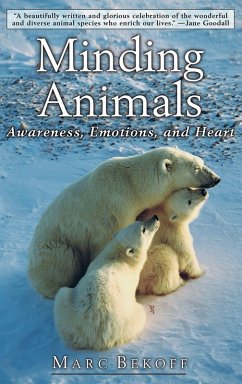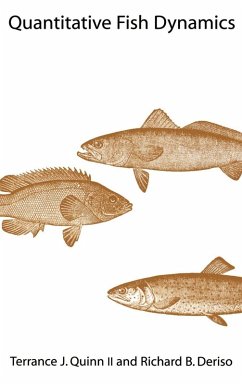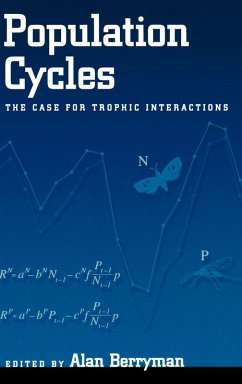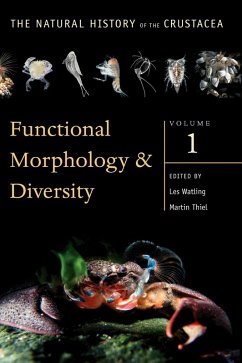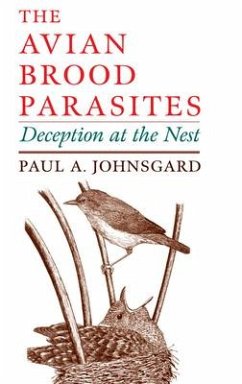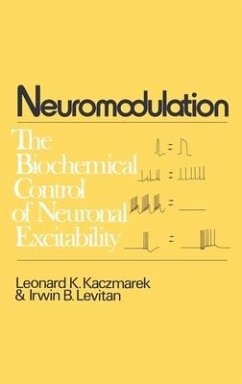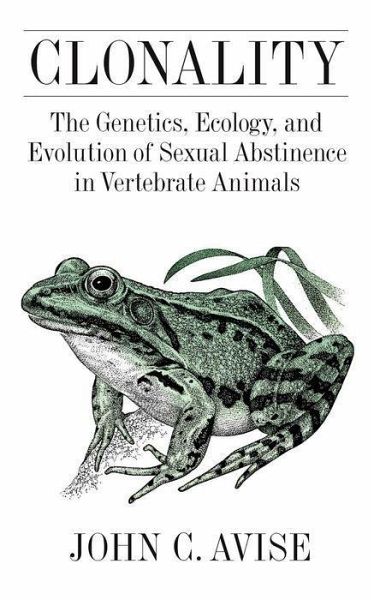
Clonality
The Genetics, Ecology, and Evolution of Sexual Abstinence in Vertebrate Animals
Versandkostenfrei!
Versandfertig in 1-2 Wochen
97,99 €
inkl. MwSt.
Weitere Ausgaben:

PAYBACK Punkte
49 °P sammeln!
Approximately 99.9% of vertebrate species reproduce sexually. The exceptional 0.1% reproduce via asexual or clonal means, which vary wildly and are fascinating in their own right. In this book, John C. Avise describes the genetics, ecology, natural history, and evolution of the world's approximately 100 species of vertebrate animal that routinely display one form or another of clonal or quasi-clonal reproduction. By considering the many facets of sexual abstinence and clonal reproduction in vertebrate animals, Avise sheds new light on the biological meaning and ramifications of standard sexuality.







